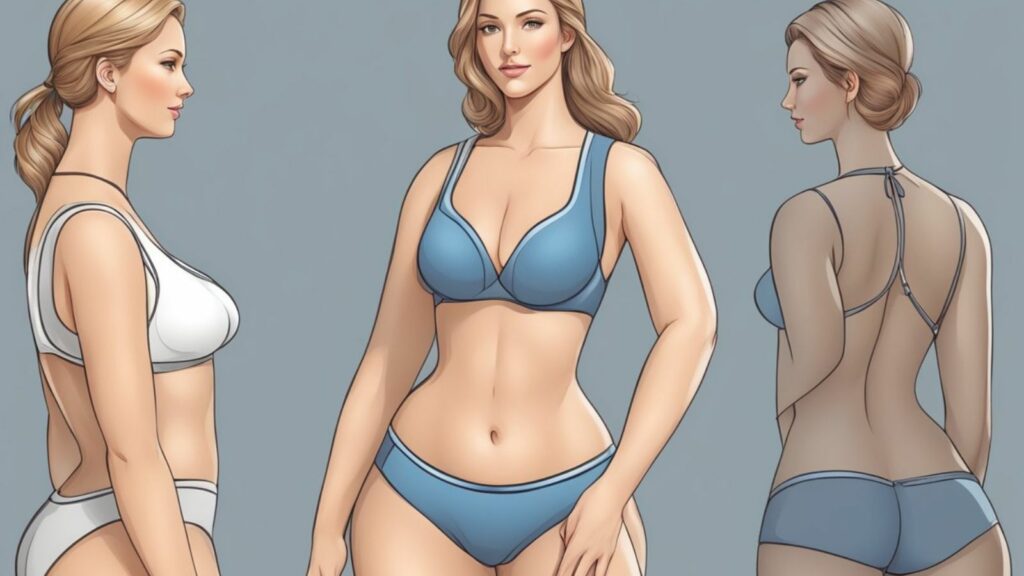Exploring Woman:0f5jkvi69mo= Body: Digital Femininity in the Tech Era
In an era where digital identities often blur the lines of reality, the enigmatic term Woman:0f5jkvi69mo= Body sparks curiosity and intrigue. This cryptic phrase hints at a complex intersection of technology and human experience, inviting exploration into the digital representation of femininity. As society increasingly navigates virtual landscapes, understanding these digital constructs becomes essential.Delving into Woman:0f5jkvi69mo= Body uncovers a world where identity, technology, and culture converge. It’s more than a mere string of characters; it’s a symbol of how women are portrayed and perceived in digital spaces. This exploration sheds light on the evolving narrative of womanhood in the digital age, challenging traditional perceptions and broadening the scope of identity.
Woman:0f5jkvi69mo= Body
Digital spaces continuously shape the representation of womanhood. The phrase Woman:0f5jkvi69mo= Body symbolizes how coding strings and algorithms influence perceptions of gender. These digital constructs impact identity, often reducing complex individual traits to simplified data points.

Technological influence on femininity extends beyond virtual spaces. Social media platforms use algorithms that perpetuate certain stereotypes and beauty standards. Online interactions can reinforce these ideals, impacting self-perception and societal norms.
Researchers analyze data to understand the digital presentation of women. They examine how online imagery and language affect notions of womanhood, contributing to ongoing discourse about gender identity. This exploration reveals the underlying codes that depict women in both empowering and limiting ways.
Design And Features
The phrase Woman:0f5jkvi69mo= Body symbolizes the intersection of technology and femininity, highlighting design and features in digital portrayals of womanhood. This concept is explored through aesthetic appeal and functional attributes in online representations.

Digital platforms often prioritize visual aesthetics, shaping perceptions of femininity. Design elements in virtual spaces include color, style, and layout to enhance the representation of women. Algorithms influence visual choices, perpetuating beauty standards. For instance, social media filters modify appearances to reflect popular aesthetics.
Functional attributes in digital spaces define how women interact with technology. Interfaces designed with gendered considerations impact user experience. For example, voice recognition technology may struggle with certain accents or pitches, affecting usability. Similarly, algorithmic biases in content recommendations can limit the diversity of exposed representations.
Performance Analysis
Performance analysis of Woman:0f5jkvi69mo= Body examines its role in shaping digital femininity. The phrase highlights how digital constructs influence traditional gender roles.

Efficiency and usability relate to how digital portrayals of womanhood streamline or complicate user engagement. Platforms typically leverage minimalist design and intuitive navigation to enhance user experience, aiming for seamless interaction with content. However, usability may be hindered if algorithms perpetuate stereotypes in search results or recommendations, limiting diverse representation.
Comparison with alternatives reveals differences in how femininity is presented across platforms. Some digital spaces may prioritize user-generated content, resulting in varied and authentic representations. Others might rely heavily on pre-programmed algorithms that enforce narrow beauty standards. Evaluating distinct approaches shows the potential for inclusivity and authenticity, contrasting with platforms that perpetuate limiting stereotypes.The concept of Woman:0f5jkvi69mo= Body invites further analysis of digital identity. By studying these representations, society gains insights into the broader implications of technology on gender roles. Understanding these dynamics fosters a more inclusive digital environment.

